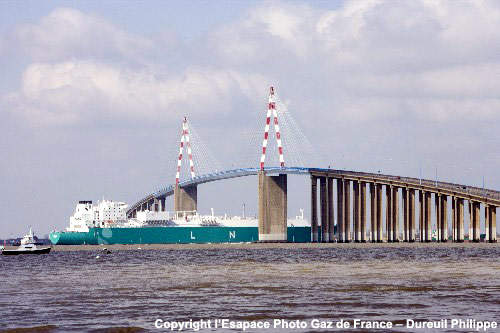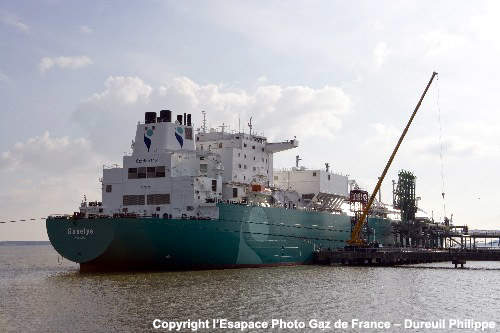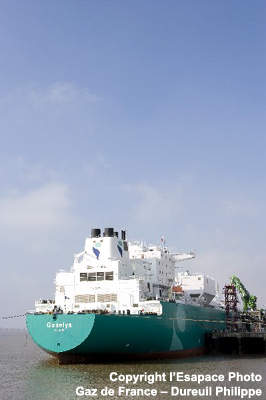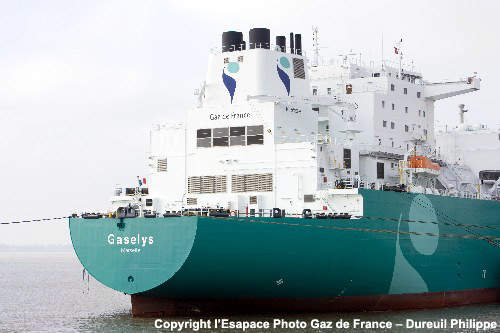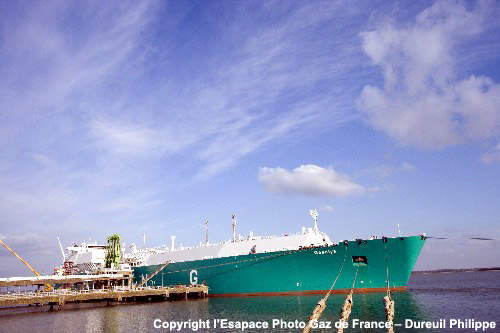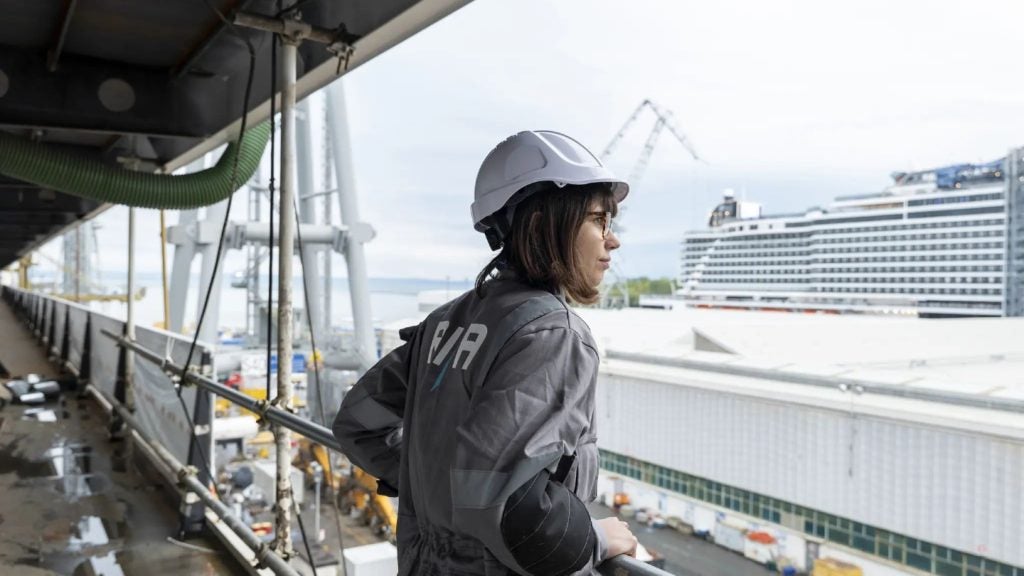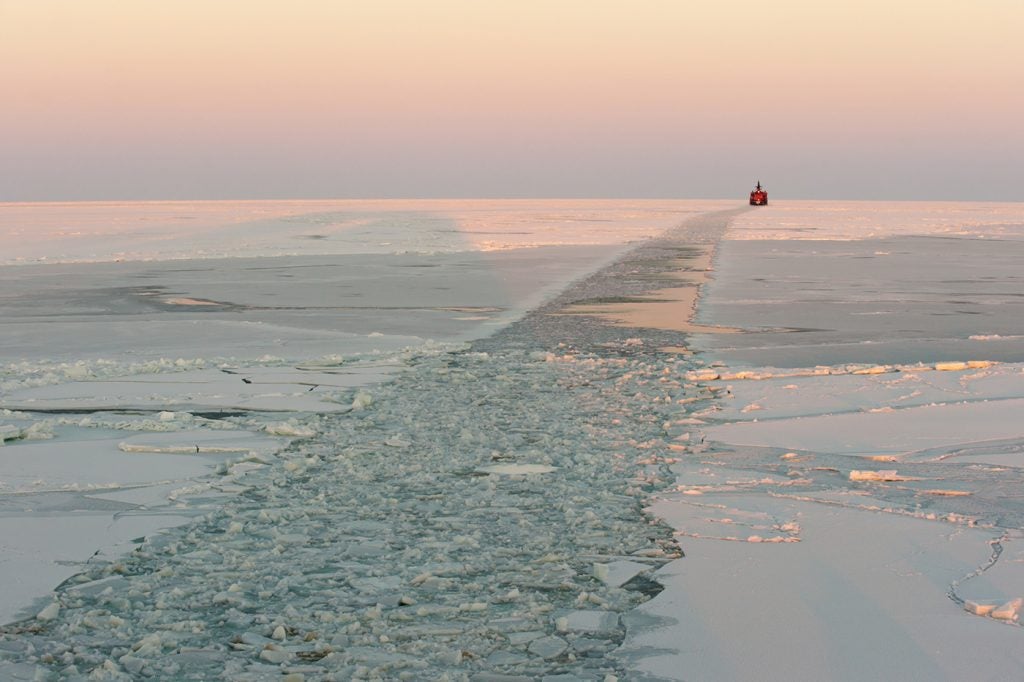Gaselys (ordered in September 2004) was launched in March 2007 and is one of a new class of liquefied natural gas (LNG) carriers – along with its sister ship, Provalys – designed to transport gas in an environmentally friendly manner.
Gaselys was thought to be the world’s largest LNG carrier at the time of launch. The vessel was constructed at the Aker Yards in St Nazaire, France (previously the Alstom Chantiers de l’Atlantique yard). It will form part of the Gaz de France (now GDF SUEZ) fleet, having been chartered for the next 20 years by NYK Armateur, a subsidiary of GDF SUEZ (40%) and NYK Line (60%).
The technical management of the ship has been outsourced to Gazocéan, another subsidiary of GDF SUEZ (80%) and NYK Line (20%).
Gaselys is 290m long, 43.5m wide and draws 11.6m of water, allowing her to be flexible enough to enter the majority of LNG terminals to load or unload. The ship will run between LNG terminals in Egypt (Bethioua) and France (Montoir de Bretagne, and also later in 2008, Fos-sur-Mer).
Gas containment
Both Gaselys and Provalys use CS1 containment, which is a low-cost gas containment system using aspects of two older containment systems, the Mark III and NO96 membrane systems.
CS1 allows faster fitting and construction and reduces costs by about 15%. The system also allows more operational flexibility for shipping as partial loads of LNG can be transported (the system provides detailed sloshing analysis). The Gaselys has a carrying capacity of 154,500m³ of LNG and is equipped to operate in arctic conditions for operations in Snohvit (Norway).
Deliveries for Gaselys and Provalys were delayed by a year because of technical problems with the CS1 containment system, which have now been ironed out. CS1 was developed by Gaztransport and Technigaz and has a 40-year North Atlantic operational lifespan.
CS1 propulsion
The CS1 containment system is designed to reduce natural evaporation of gas from the ship (for safety reasons as well as reduction of waste and pollution).
Any gas that does evaporate is used by the ship’s propulsion systems as Gaselys is one of a growing number of LNG carriers that has dual fuel capability (gas and electric).
Gaselys is fitted with three 12 cylinder and one six cylinder Wartsila 50D dual-fuel engines with a combined power output of 39.9MW. The advantages of dual-fuel capability include the use of ‘waste’ gas onboard, which would otherwise be vented to the atmosphere, reduction of engine wear and longer periods between maintenance.
The system is also more environmentally friendly with lower emissions. Dual-fuel engines either run on boil-off gas with 1% diesel added or on pure diesel.
Green passports
GDF SUEZ now has three dual-fuel LNG carriers – Gaz de France Energy, Provalys and Gaselys – all of which have been awarded Green Passports by Bureau Veritas, the ship classification society.
The Green Passport, which was awarded after an 18 month period of identifying and minimising all hazardous materials in the construction of the ship and also minimising operational and crew generated waste, will be carried by each ship over the duration of their operational life.

